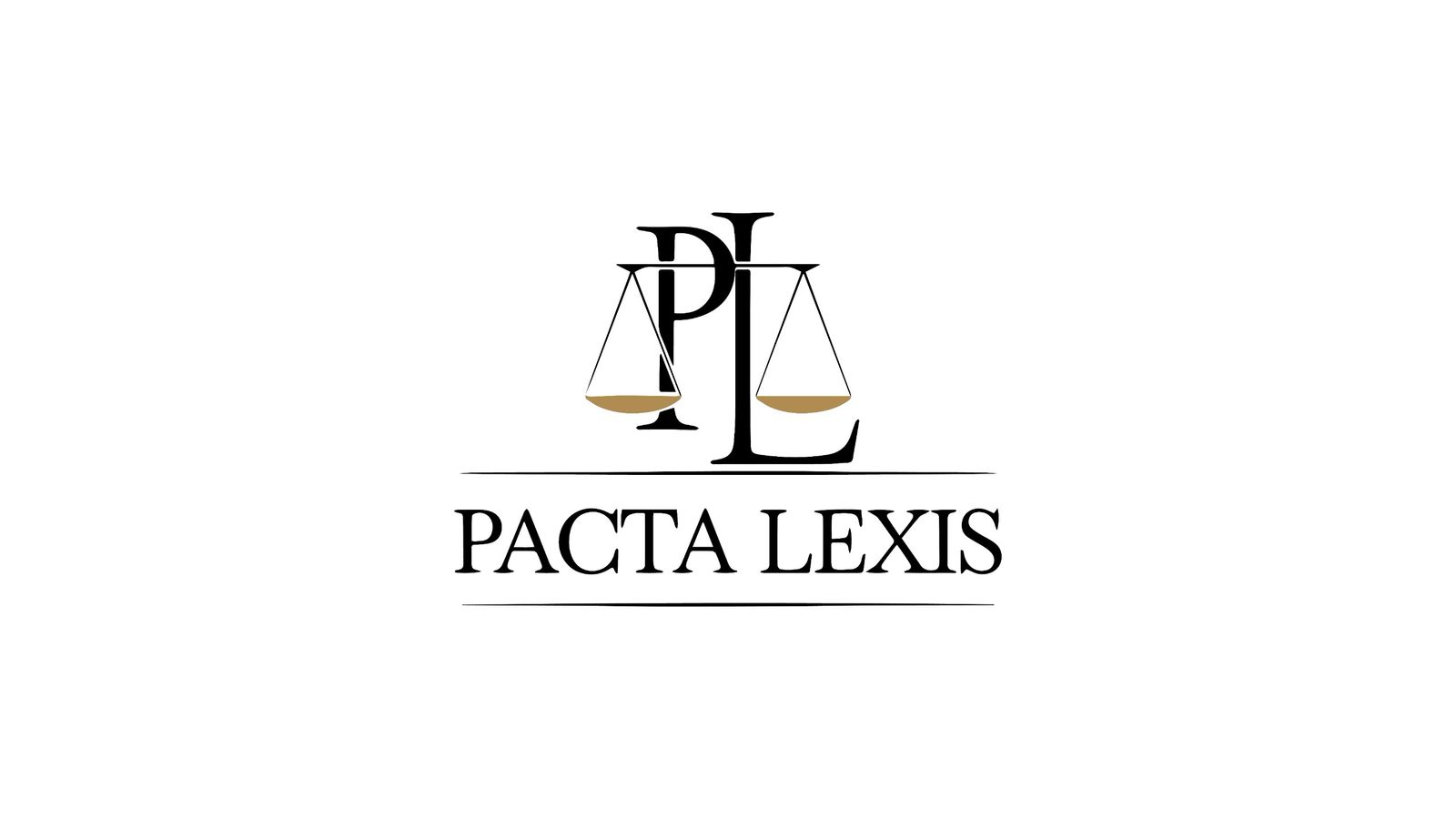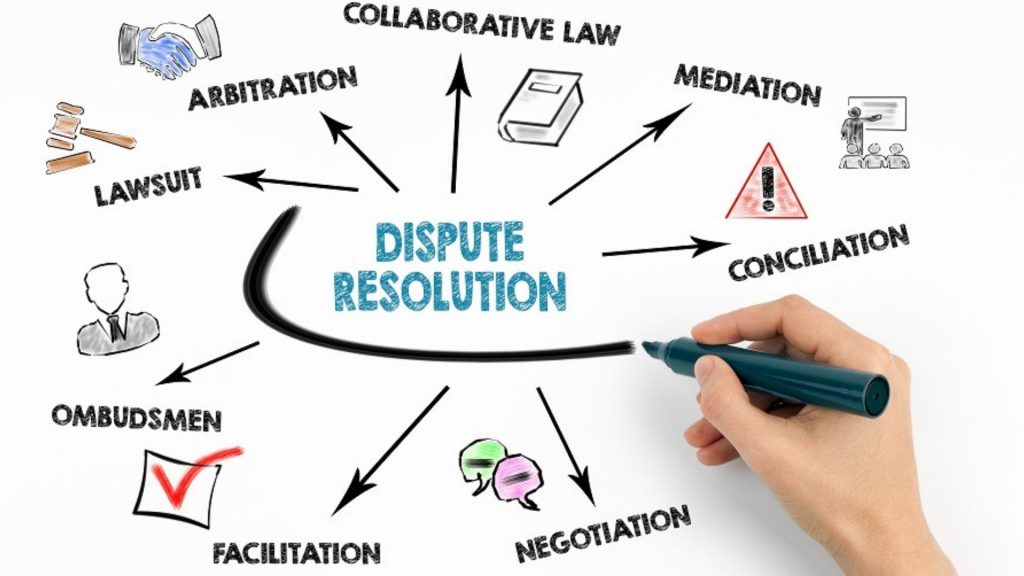Executive Summary
Artificial Intelligence (AI) is transforming dispute resolution by automating legal research, drafting awards, predicting case outcomes, and streamlining administrative functions. While AI improves efficiency and accessibility, it raises legal, ethical, and procedural concerns. Questions about bias, transparency, accountability, and enforceability are increasingly urgent as AI tools are embedded in arbitration and mediation platforms worldwide. This brief examines the current landscape, identifies challenges, and provides policy recommendations for regulating AI in international dispute resolution.
Current Context
- AI in Arbitration and Mediation
- AI tools assist with document review, e-discovery, predictive analytics, virtual mediation sessions, and award drafting.
- Institutions such as the Singapore International Arbitration Centre (SIAC) and UNCITRAL-supported ODR platforms are experimenting with AI to increase efficiency in high-volume disputes.
- Regulatory Developments
- UNCITRAL Technical Notes on ODR (2016): Highlight the use of automated systems in dispute resolution while emphasizing due process.
- SVAMC Guidelines (China): Recommend human oversight in AI-assisted arbitration to ensure decision-making remains accountable and transparent.
- European Commission AI Act (Draft, 2024): Suggests that AI systems used in judicial and administrative processes must be high-risk compliant, audited, and explainable.
- Industry Adoption
- Law firms are increasingly integrating AI-powered contract review and case analysis platforms.
- ODR platforms are piloting AI negotiation assistants that suggest settlement options based on historical trends.
Key Legal and Ethical Challenges
- Bias and Fairness:
AI systems are trained on historical data, which may embed systemic biases. Unchecked, AI could reproduce discrimination in dispute outcomes. - Transparency and Explainability:
Parties must understand how AI tools generate recommendations or predictions. Black-box AI may undermine trust and challenge enforceability. - Autonomy and Consent:
Parties must have the ability to accept, reject, or challenge AI-generated recommendations. Overreliance could compromise voluntary agreement in mediation. - Accountability:
Determining liability is complex when AI-generated outputs influence decisions. Arbitration institutions, parties, and software providers all share potential responsibility. - Confidentiality and Data Protection:
Sensitive documents processed by AI may face unauthorized exposure. Jurisdictional differences in data protection law (GDPR, local privacy laws) complicate compliance.
Comparative Insights
| Jurisdiction / Institution | AI Governance Approach |
| EU | AI Act (Draft) categorizes AI in judicial or dispute resolution as high-risk; requires transparency and auditability. |
| China (SVAMC Guidelines) | AI can assist but cannot replace human decision-making; parties must be informed. |
| India | Academic studies suggest disclosure obligations for AI usage; no binding regulations yet. |
| UNCITRAL-supported ODR | Encourages transparency, party consent, and human oversight in automated dispute resolution. |
Policy Recommendations
- Mandatory Disclosure of AI Use
- Parties and arbitrators must disclose any AI tools used, including purpose, type, and limitations.
- Human Oversight
- AI tools should augment, not replace, human decision-making. Arbitrators must retain final authority.
- Bias Audits and Explainability
- AI systems should undergo independent audits for bias and be explainable to parties.
- AI-Specific Arbitration Clauses
- Agreements should include clauses covering AI usage, data protection, consent, liability, and auditing.
- Cross-Border Regulatory Harmonization
- Establish international guidelines to reconcile differing data protection, AI, and arbitration laws.
- Training and Capacity Building
- Arbitrators, mediators, and legal counsel must be trained in AI literacy, ethical considerations, and cybersecurity.
Implications for Stakeholders
- Arbitration Institutions: Must adopt AI policies, safeguard confidentiality, and ensure transparency.
- Law Firms and Counsel: Should implement internal compliance and ethical frameworks for AI-assisted work.
- Parties: Must understand AI’s role, limitations, and risks in dispute resolution.
- Regulators: Should provide guidance on AI integration in arbitration to protect fairness, enforceability, and public trust.
Conclusion
AI has the potential to revolutionize dispute resolution by improving efficiency and accessibility. However, unchecked or opaque AI use risks bias, unfairness, and procedural invalidity. To harness AI responsibly, regulatory frameworks, institutional policies, and ethical standards must evolve. Harmonized international guidance and mandatory disclosure, coupled with human oversight, are essential to ensure AI strengthens rather than undermines justice.
References
- UNCITRAL, Technical Notes on Online Dispute Resolution (2016): https://uncitral.un.org/en/texts/odr
- European Commission, Artificial Intelligence Act (Draft 2024): https://digital-strategy.ec.europa.eu/en/library/proposal-regulation-laying-down-harmonised-rules-artificial-intelligence
- SVAMC Guidelines on AI in Arbitration (China): https://cicc.court.gov.cn
- Eng. Proc. 2025, 107(1), 39. “Setting the Boundaries for the Use of AI in Indian Arbitration”: https://www.mdpi.com/2673-4591/107/1/39














